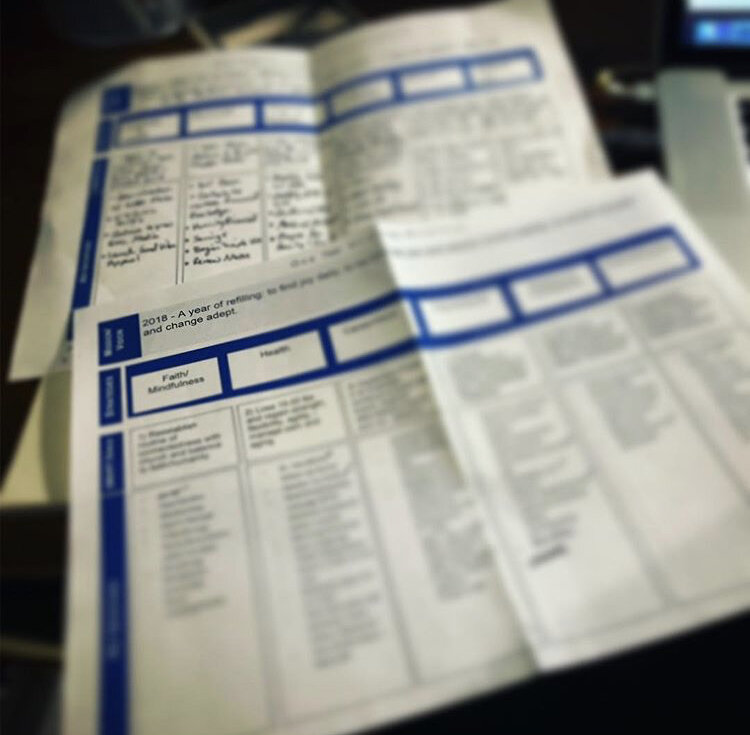Weekly Posts and Insights

Strategic Planning Season: The Importance of Vision in Uncertain Times
This post explores the critical role of strategic planning and visioning in helping organizations navigate uncertainty and long-term challenges. It emphasizes the importance of staying at a strategic level, resisting the pull toward immediate tactical fixes, and focusing on the pillars that drive success: leadership, innovation, operations, and customer focus. With actionable steps and insights, it provides a framework for crafting meaningful, future-oriented plans that transform strategic dreams into achievable realities.

Preparing for Strategic Planning Season After A Pandemic
August is a time when a board or organization should start to look at their strategic plan and decide whether they need to update it or create a new one. One such organization did reach out, having not a lot of other options, and decided to work with me on their strategic plan. Here’s what we did in 30 days…

Why your organization’s new vision is failing and what you can do about it
When I start to tackle a vision for a new project, committee or for an organization, I think of it as “change.” You are asking a group of people to go from where it’s comfortable, familiar and the way they’ve always done something to a new place that can be scary, as well as exciting. That’s a big ask. You’re asking people to change and realize your vision. Implementing a successful vision shouldn’t be left to the elite or once-in-a-generation geniuses. You can do it too. You’ve heard the quote 10% inspiration, 90% perspiration. I think there’s a lot of that quote in the implementation of vision statements.

5 Ways To Bring Your Organization’s Values To Life Every Day
Perhaps contrary to popular opinion, defining and exercising your organizational values is one of the most powerful tools you have at your disposal as a leader of your organization. Workplace values set the tone for your chamber or association’s culture, and they identify what your organization, as a whole, cares about.

Really Setting and Accomplishing Goals for the Next Year and Decade with a One Page Strategy
The One Page Strategy (OPS) has helped me put all my strategic and yearly plans and goals all on one sheet. The idea is that by putting it on one sheet you can look at it throughout the year to make progress on those goals.
Not only are all your goals and projects on one sheet, it also holds you accountable as you look at it from time to time throughout the year to measure your effectiveness in achieving your goals.

Tasks, Processes and Relationships
There are always three things going on in any transaction or more importantly group/team/department/company: tasks, processes, and relationships. You can imagine that most of us focus a majority of our time on tasks (60%), A good organization focuses some of their energy on good processes (30%). This leaves about 10% just to focus on relationships which is actually the hardest and perhaps the most important thing to focus on as companies can always make a new machine, a new process, more tasks, but it's culture and people make up the differential factor between a good company and a great company.

GenX Rising
One of the biggest challenges we run into when we work with organizations is that GenX does not have the fundamental competency and skill set to think strategically for the organization. This isn’t a slight at GenX; I don’t believe the organizations have prepared them well nor have organizations invested the necessary resources for GenX to be where they need to be at this stage of the game. Whether in meetings or on the shop floor or helping prep for a presentation, we find that many GenXers have a tendency to stay at an operational, 10,000 foot thinking capacity.